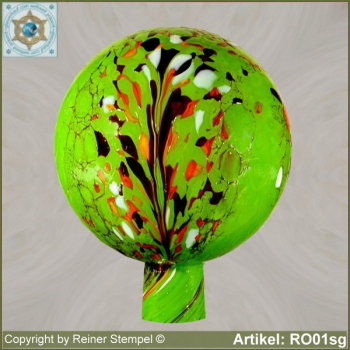Roses ball glass garden ball winterproof 12 cm or 15 cm ø white RO01w
Roses ball glass garden ball winterproof 12 cm or 15 cm ø white RO01w
- Product No.:
- RO01w
- Shipping time:
-






